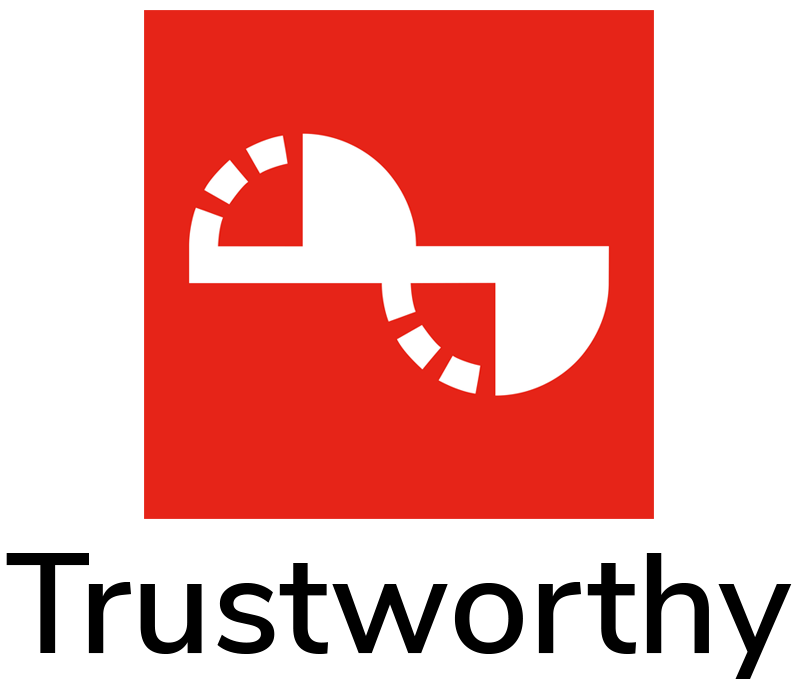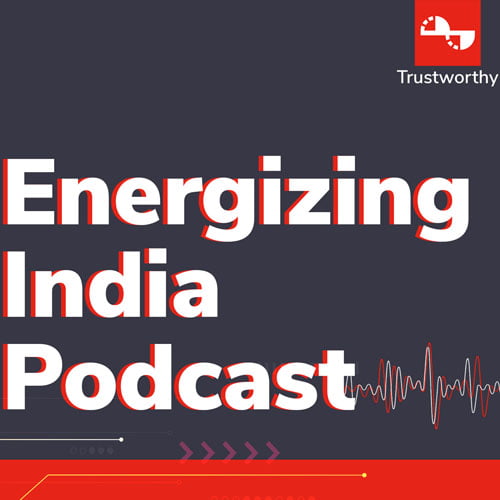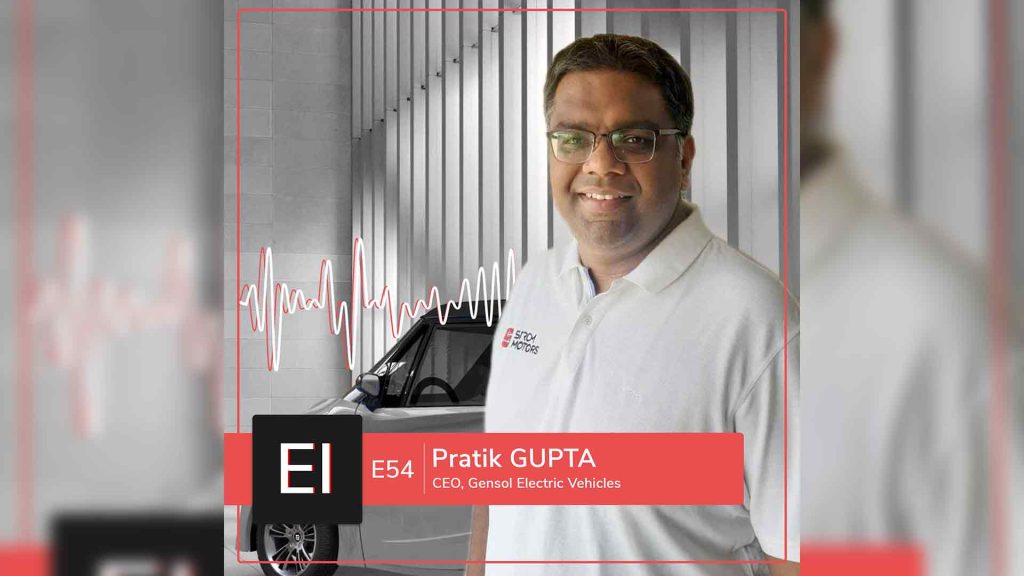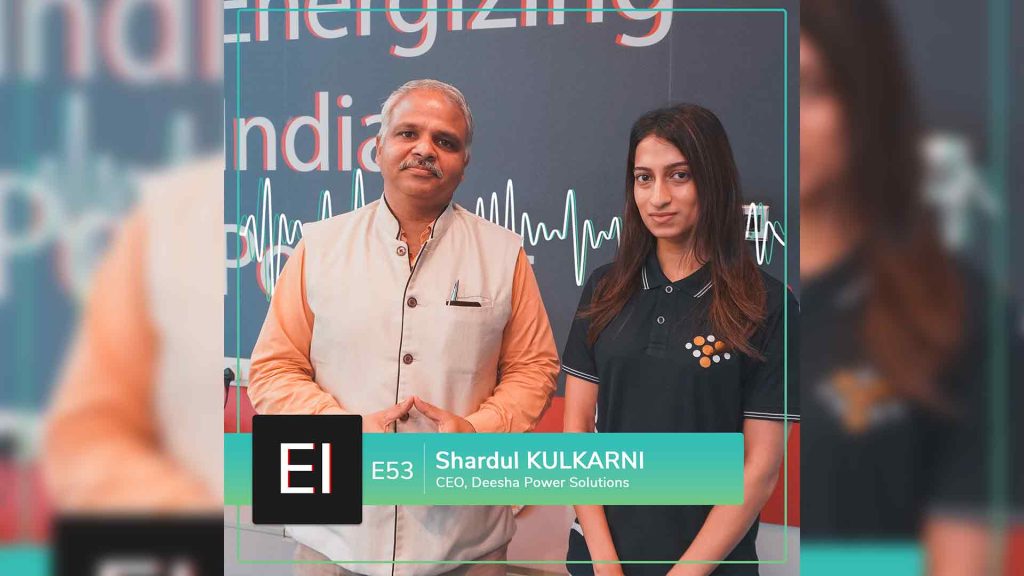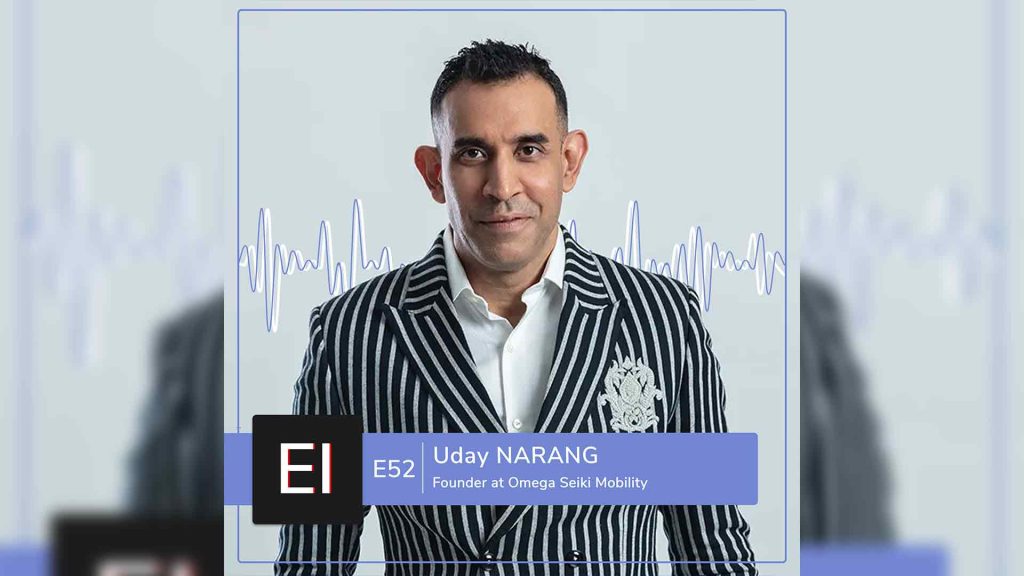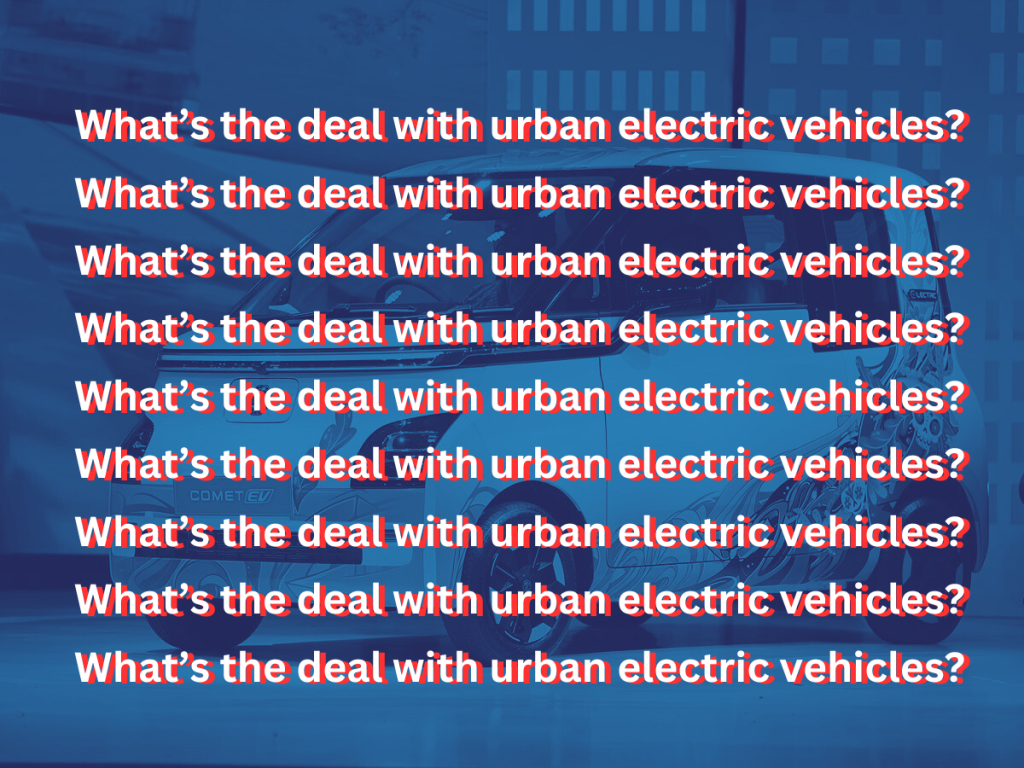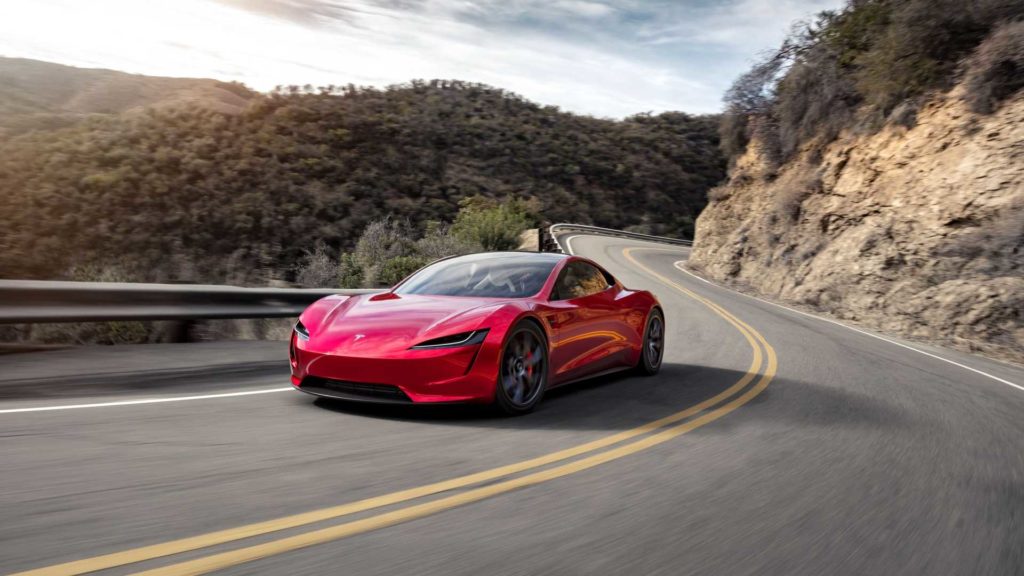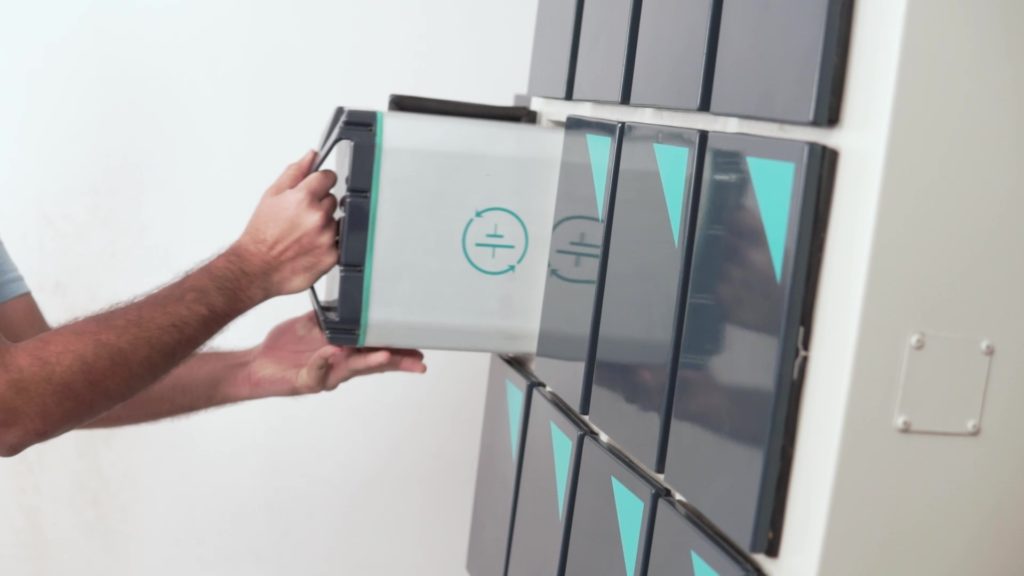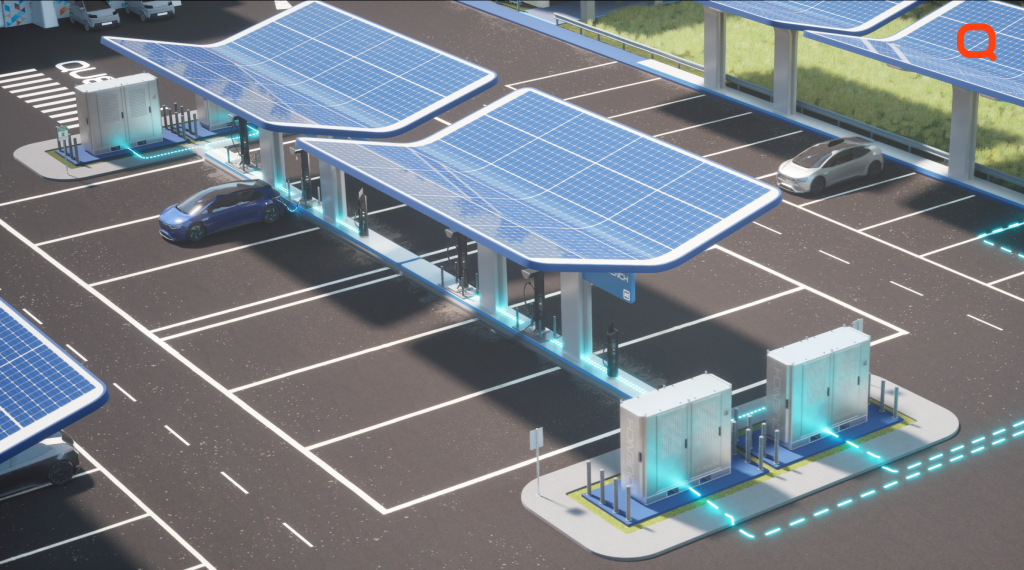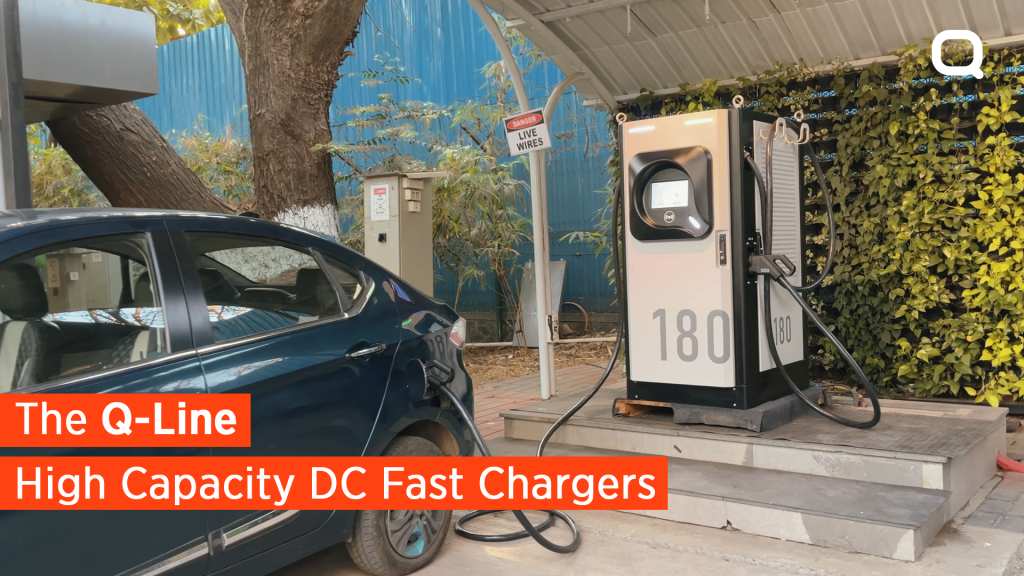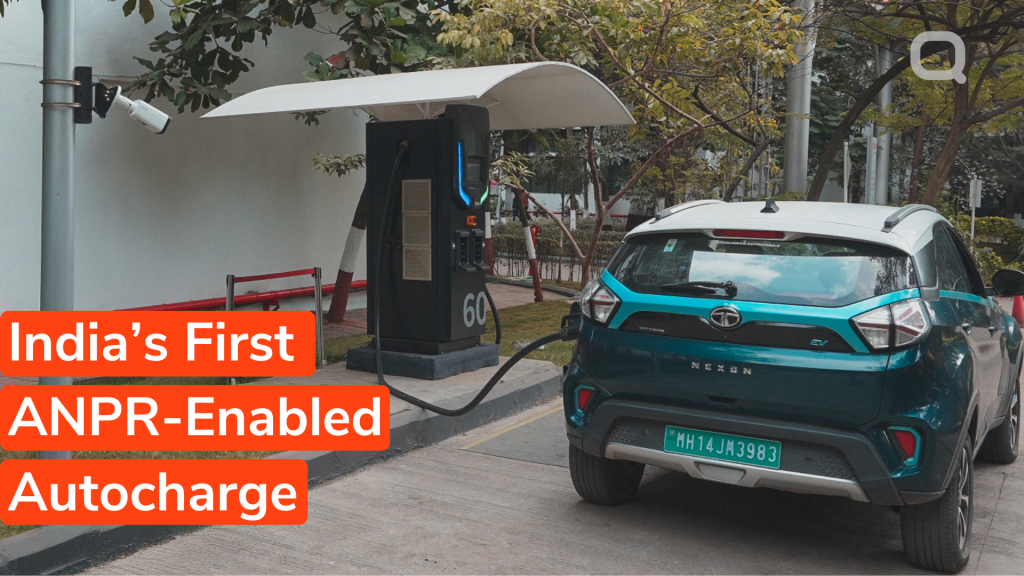‘The draft plan, issued by the government think tank NITI Aayog, attempts to accelerate the spread of battery swapping as a service in the Indian market.’
Niti Aayog announced the first iteration of the Battery Swapping Policy 2022 in order to increase interoperability and push for quicker adoption of electric vehicles (EV) in the two-wheeler and three-wheeler segments. When compared to other segments, the prices in this area are competitive. It also accounts for around two-thirds of registered cars and may thus play a major role in accelerating the adoption of EVs.
Battery swapping standards attempt to decouple charging and battery usage in order to drastically minimize charging downtime and boost vehicle operations. The scope is based on smaller vehicles with smaller battery packs that can be easily swapped. Other advantages include time, space, and cost savings.
The policy stipulates:
- Technical and operational criteria for exchanging at a bare minimum
- Methods for providing direct and indirect financial assistance to providers and users
- Adoption of business models that encourage private-sector engagement and provide cheap funding
- Emphasis should be placed on battery reuse and recycling.
- An institutional framework for on-the-ground implementation of infrastructure swapping
Institutional framework
Interestingly, instead of a particularly restrictive legislative framework, the policy talks about creating a fair playing field for the adoption of battery-swapping services. This enables the industry to use its strengths, such as the cost economics of capital infrastructure setup and fast adoption. The government will guarantee a smooth rollout of services by establishing a nodal agency. This will incorporate the roles of many state-level authorities in delegating, coordinating, and distributing network resources.
Adoption is planned in two stages: Phase I will concentrate on metropolitan centers with populations of more than four million, while Phase II will concentrate on other significant cities. For battery swapping to be a feasible option, people must be able to purchase automobiles without a battery.
According to the Union Ministry of Road Transport and Highways’ circular RT-11036/72/2017, such vehicles can be registered using type approval certificates given by certified testing agencies. In such circumstances, owners are not required to declare any battery requirements.
Technical aspects
Interoperability has undoubtedly been the buzzword in battery operations. The strategy correctly aims to achieve technological homogeneity in order to make this possible. It specifies Advanced Chemistry Cell batteries with performance equal to or greater than Faster Adoption and Manufacture of (Hybrid and) Electric Vehicles (FAME II) requirements. For effective battery cycle monitoring, batteries will be assigned a unique identification number.
Electricity consumption will be the primary operational expense for battery charging stations (BCS) and battery swapping stations (BSS), and the tariff regime will be applicable under existing or future time-of-day tariff regimes as specified by the competent commission. The regulation also requires state officials to expedite papers within five days of submission using a single-window clearance portal. This will provide significant impetus to the ordinarily sluggish processes of capital infrastructure development and land allotment.
The regulation also enables an individual or business to set up a BSS for at least two EV original equipment manufacturers in any given area (OEM). This is done to strengthen the network of energy providers. It also requires only approved agnostic swapping stations to be set up in accordance with Section 3 of the Union Ministry of Petroleum’s charging infrastructure criteria.
Transparent communication and non-restrictive data sharing rules are the goals of data sharing. Several OEMs have established industry standards for battery and vehicle controllers, battery chargers, swapping, and open communication protocols. Changes to the policy in the future may be a source of worry if they benefit certain OEMs. It is ambitious, but it is a decent general attempt to classify data in order to increase ease of access and availability.
Financial aspects
Business models will be an intriguing area to follow to see how diverse service providers join under a single tent. The strategy fosters industry collaboration and does not impose rigorous technological compatibility standards. It allows for the emergence of new market dynamics. It allows end-users to be flexible in both business-to-business (B2B) and business-to-customer (B2C) engagements. It also emphasizes that, among all stakeholders, the battery provider plays a non-negotiable role in the ecosystem.
It does not mention further incentives but instead suggests utilizing current demand-side incentives under eligibility requirements based on performance as stipulated by Fame II to assure superior EVs on the road. The technical and operational needs for offering subsidies to battery providers in the swapping ecosystem will be critical. It recommends a suitable subsidy multiplier to battery providers in order to account for total battery demand.
A major desire has been to achieve cost parity. As a result, the policy requests a decision on lowering differential tax rates on lithium-ion batteries and electric vehicle supply equipment (EVSE). Batteries and EVSE are taxed at 18% and 5%, respectively, under the existing Goods and Services Tax structure. Furthermore, it mandates stringent testing standards to eliminate breakdown or unwelcome risks from temperature increases. The battery management system must be self-certified, and it must fulfill the safety criteria for batteries in automobiles.
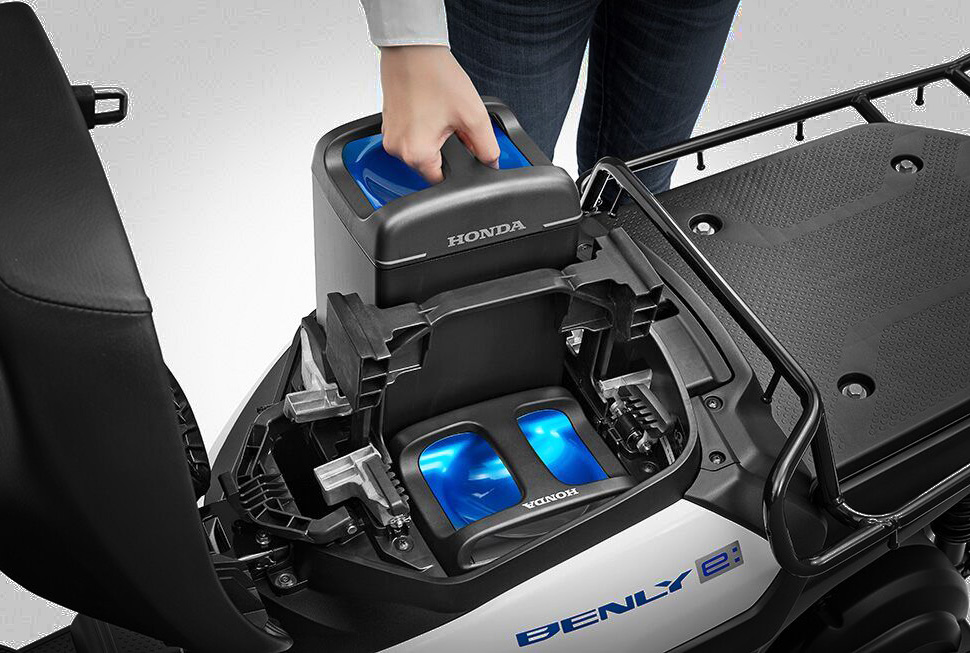
The policy, for the most part, indicates a course of action. However, owing to the embryonic industry dynamics, there is no constructive definite plan for establishing Battery as a Service or BaaS infrastructure. Currently, the field is in its infancy, and there are several companies and OEMs involved. However, other changes may be made in the future. It will be a competitive market with the specified fair playing field and alternatives for establishing an interoperable EV ecosystem with controlled tariffs. The opportunity for the establishment of independent energy providers can undoubtedly increase a user’s access. However, this might be difficult in terms of setup and the capability of electricity distribution firms (DISCOMs).
The proposed guideline also encourages the use of an open communication protocol to ensure back-end compatibility in the battery swapping ecosystem.
Industry wants standards to be established following road tests. Despite incidences of electric vehicles (EVs) catching fire, the introduction of a proposed battery-swapping rule by the NITI Aayog is viewed as a significant milestone for India’s battery swapping market. This draught battery swapping policy was developed by the government think tank NITI Aayog, and it includes, among other things, incentives for EVs with swappable batteries, subsidies for companies manufacturing swappable batteries, a new battery-as-a-service business model, and standards for interoperable batteries. Although the regulation is intended to encourage the use of battery swapping, it primarily applies to battery swapping systems used in electric scooters and three-wheeler electric rickshaws. The draft is now available for public comment, and the NITI Aayog has requested feedback till June 5. Given large CapEX favors B2B infrastructure provisioning now, it will be fascinating to see the business consensus and market perception surrounding it.

